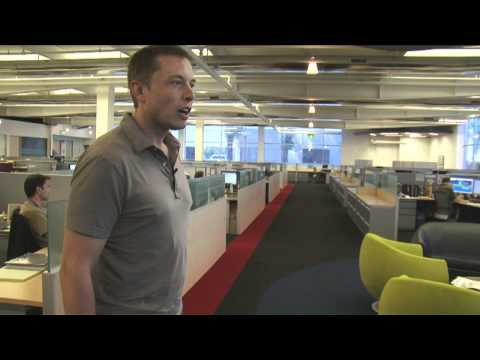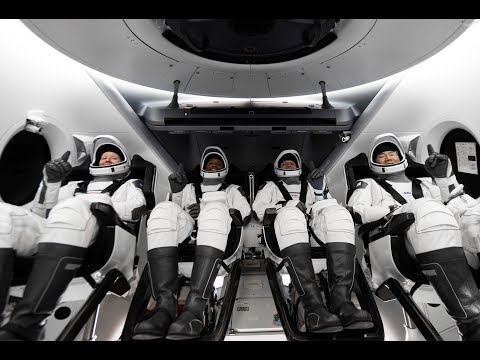The automotive industry is in the midst of a significant transformation as electric cars grow in popularity and become increasingly accessible to the average consumer. The rise of electric vehicles (EVs) represents not only a shift towards greener transportation but also a step forward in reducing our dependence on fossil fuels.
One of the main advantages of electric cars is their environmental friendliness. Unlike traditional gasoline-powered vehicles, EVs produce zero tailpipe emissions. This means that they do not release harmful pollutants such as carbon dioxide, nitrogen oxide, or particulate matter into the atmosphere, which contribute to air pollution and climate change. By going electric, we can significantly reduce our carbon footprint and improve the overall air quality in our cities.
Furthermore, electric cars are more energy-efficient compared to their internal combustion engine counterparts. According to studies, EVs convert about 59-62% of the electrical energy from the grid to power at the wheels, while conventional gasoline-powered vehicles only use about 17-21% of the energy stored in gasoline. This higher efficiency translates into lower energy consumption and reduced fuel costs for EV owners.
The advancement in battery technology has been one of the key factors driving the growth of electric cars. Today’s lithium-ion batteries used in EVs have significantly improved their range capabilities. Many modern electric vehicles can travel over 200 miles on a single charge, making them suitable for most daily commutes and even longer trips with charging infrastructure steadily expanding.
Governments worldwide have recognized these benefits and have begun implementing various incentives and policies to promote electric car adoption. These include tax credits or rebates for buyers, grants for installing charging stations, and initiatives to develop an extensive charging network throughout their countries. Such measures aim to make electric cars more affordable and convenient for consumers.
Automakers have also responded positively to this shift towards electrification by making substantial investments in research and development of EV technology. Major players like Tesla, Nissan, and BMW have already introduced highly popular electric models that match traditional vehicles in terms of performance and comfort.
However, challenges still exist on the road to widespread electric vehicle adoption. One of the main hurdles is the limited availability of charging infrastructure, especially in rural areas or regions with inadequate access to electricity. The lack of fast-charging stations along highways might discourage potential EV buyers concerned about range anxiety – the fear of running out of charge during long trips.
Nevertheless, governments, businesses, and organizations are working collaboratively to address this issue by investing in the infrastructure required for electric vehicle charging. The growth of public charging stations and advancements in fast-charging technology will alleviate these concerns and enhance the practicality of electric cars for all drivers.
Another ongoing concern is the manufacturing process and environmental impact associated with battery production. Lithium-ion batteries require specific raw materials such as lithium, cobalt, nickel, and graphite – resources that can have a heavy environmental footprint if not sourced responsibly. However, measures are being taken to develop more sustainable battery production methods and explore alternative battery chemistries that are less resource-intensive.
In conclusion, the rise of electric cars represents a significant step towards a cleaner, greener future. With their zero tailpipe emissions, improved energy efficiency, expanding range capabilities, and ongoing investments in charging infrastructure, electric vehicles offer a compelling alternative to traditional gasoline-powered cars. As governments continue to support EV adoption through incentives and policies while addressing challenges related to charging infrastructure and battery production sustainability; we can look forward to a future where our transportation is powered by clean energy sources – bringing us closer towards achieving a sustainable society for generations to come.





